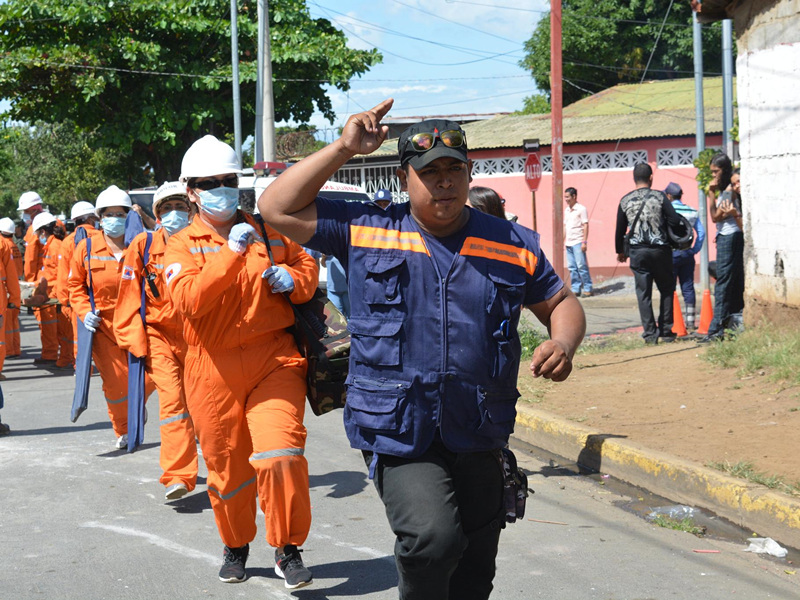
By Luis Burón B.
PANAMA CITY, Panama - The Covid-19 pandemic crisis has shaken the entire world. Not only in terms of health do we require exponentially increasing resources to guarantee a minimum of attention and care, but state apparatuses have begun to operate as blocks, intensifying intersectoral work to ensure that all possible scenarios stemming from the health crisis are covered.
At the centre of these intersectoral schemes are the national civil protection and risk management systems, organizations specialized in disaster risk reduction that have been preparing for decades to face situations as complex as this from a broad perspective.
Ciro Ugarte, director of the Department of Health Emergencies of the Pan American Health Organization, recognizes the importance of the participation of risk-related organizations in the development of strategies and policies during the Covid-19 crisis. “Risk management is critical in epidemic control, since the risk reduction system knows how to analyse risk, identify weaknesses and capacities in other sectors, things that the health sector does not know, for example,” he says.
Ugarte adds that the leadership of risk management and reduction organizations is key to “make responsible and knowledgeable decisions” for coordination during emergencies, since they have mapped scenarios similar to the current one.
Field work
The National Emergency Commission (CNE) of Costa Rica is one of the organizations that, following the major outbreak outside of China, began working with other state institutions to develop a preparedness and containment framework.
Alexander Solís, president of the CNE, assures that the lessons learned through decades of managing natural phenomena is vital to understand the contingency mechanism during this pandemic. “This situation teaches us the need to have this contingency planning. A biological agent threatens us, accompanied by derived economic risks that will generate a domino social effect. Inadequate management can lead to a complex emergency or social conflict, with the added aggravating circumstance that all countries in the region find themselves in the same situation,” he indicates. “National civil protection and risk management systems must work directly and comprehensively on reconstruction and recovery strategies,” he adds.
The Coordination Center for Disaster Prevention in Central America and the Dominican Republic (CEPREDENAC), the executing arm on risk issues of the Central American Integration System (SICA), also promotes a regional approach to the emergency.